Tips to maintain aquatic plants in planted tank
Why Aquatic Plants Matter in a Planted Tank
Freshwater plants play a crucial role in a healthy aquarium. They provide oxygen, shelter, and hiding spots for fish and shrimp, while helping to stabilize water quality. Understanding how to care for aquarium plants is essential for hobbyists, as proper plant management directly impacts the overall ecosystem of the tank.
Beyond ecosystem support, plants enhance the visual appeal of a planted tank. Vibrant living greenery contrast beautifully with fish, create natural aquascapes, and reduce stress for betta fish and other inhabitants.
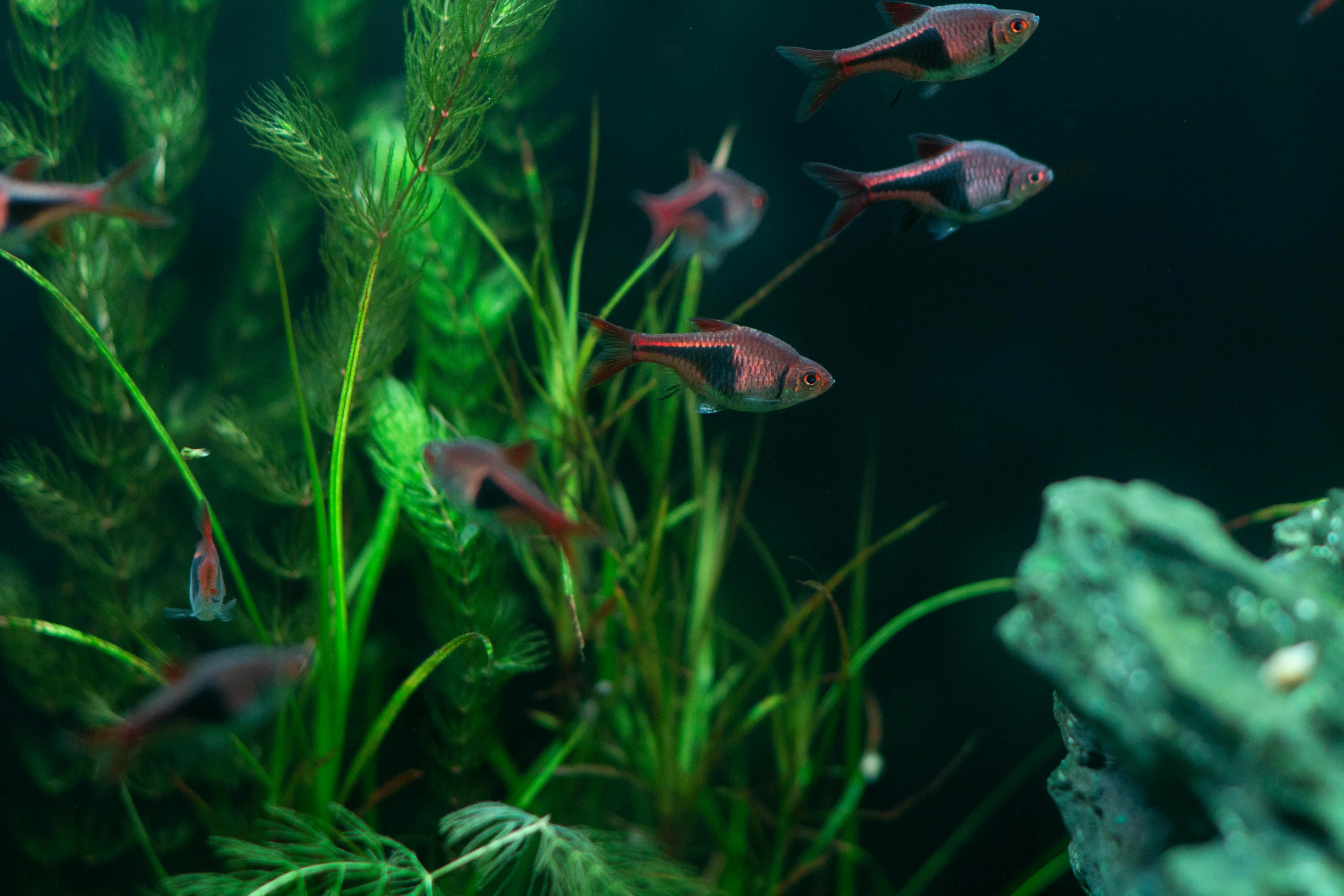
Essential Principles of Aquarium Greenery Maintenance
Successful aquarium plants care begins with understanding light, substrate, and nutrient needs. LED light intensity, duration, and spectrum all influence plant health, while the right substrate provides a foundation for roots to grow and absorb essential nutrients. Proper water flow supports the self cleaning feature of the tank by distributing nutrients evenly.
Sustaining a stable planted tank also involves verifying water quality. Consistent water changes and balanced filter operation keep ammonia, nitrate, and nitrite levels in check, protecting fish and shrimp while promoting healthy aquatic greenery.
Maintaining Healthy Plant Growth
Knowing how to keep aquarium plants healthy requires attention to environmental and nutritional factors. Observing plants for discoloration, melting plant leaves, or slow growth signals when adjustments are needed. Proper LED light, CO2, and fertilizer dosing help plants thrive, creating a balanced ecosystem where fish and shrimp can flourish.
Maintaining proper surface agitation and water flow ensures oxygenation and nutrient circulation for plants. Pairing live plants with compatible fish improves aesthetics and supports self cleaning features in the tank, reducing algae growth and maintenance needs.
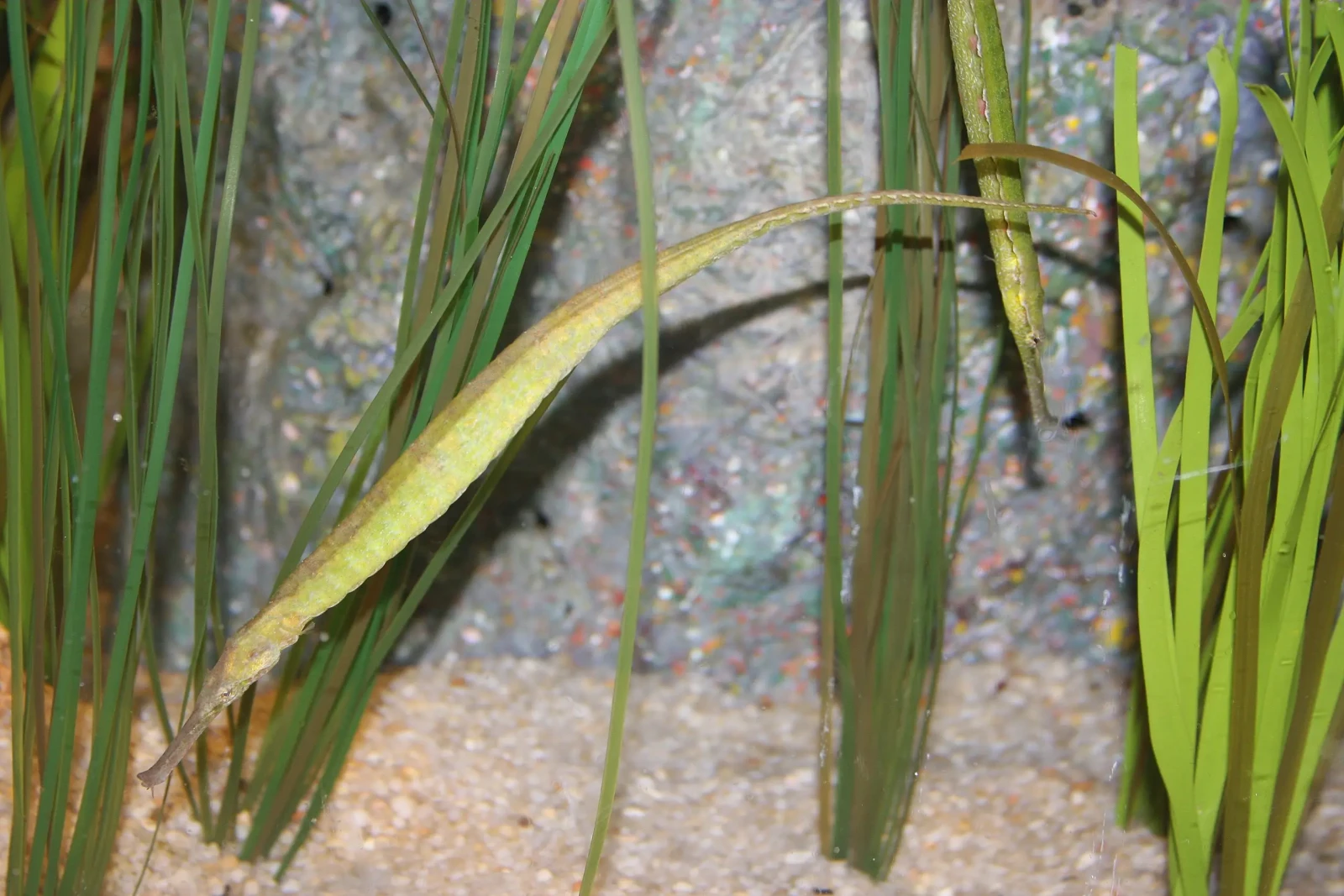
Common Mistakes When Caring for Aquarium Greenery
Many beginners struggle with carying for aquarium plants, often overfeeding fish, neglecting water changes, or providing insufficient LED light. These mistakes can lead to poor plant health, algae blooms, and stress for fish like betta fish.
Additionally, learning how to keep live plants in a fish tank means paying attention to substrate choice, plant placement, and companion fish. Fast-growing aquatic plants help absorb excess nutrients, while floating plants provide shade and reduce algae expansion.
Choosing the Right Planted Aquarium
Selecting the appropriate vegetation is crucial for a healthy planted aquarium. Stem plants and carpeting plants add depth and visual interest, while new plants should be introduced carefully to avoid disturbing the tank’s ecosystem. Monitoring the condition of leaf helps detect nutrient deficiencies or substrate problems. Robust roots ensure that vegetation absorbs essential minerals efficiently and can flourish over time.
A well-designed planted aquarium harmonises fast-growing stem plants with slower carpeting plants. Gradually introducing recently added specimens in a fresh setup allows the filter and base layer to stabilize, supporting consistent nitrate and nitrogen cycles. Weekly verification of water parameters ensures vegetation remains healthy, while careful attention prevents excessive algae.
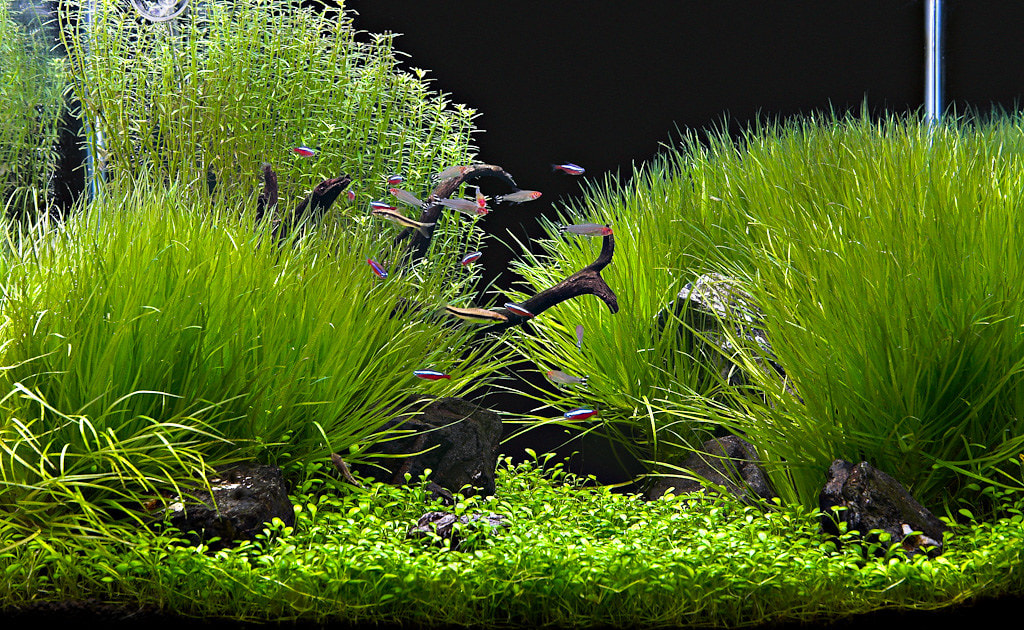
Lighting Requirements for a Planted Tanks
Adequate light is essential for photosynthesis and overall vitality in planted environments. Upright plants grow taller with proper light, while low-lying greenery requires moderate intensity to spread evenly across the substrate. Monitoring foliage helps verify if the illumination meets the needs of all vegetation. Poor light scheduling can encourage algae or hinder roots development.
When establishing a fresh setup balance light intensity with fertilizer and NO3 levels. Weekly verification of termal conditions and water quality ensures that vegetation and tank inhabitants remain healthy. Filter circulation distributes essential elements evenly, and gradual acclimation of recently added specimens promotes successful establishment and strong development.
Base Layer and Nutrient Management
The base layer provides support and stores essential minerals for vegetation to prosper. Layering sand with nutrient-rich planting medium helps upright plants and low-lying greenery develop strong roots. Regular addition of fertilizer ensures recently added plants receive enough nitrate and other essential elements, preventing algae buildup.
Proper filter circulation and occasional water changes distribute nutrients evenly. Weekly verification of water parameters allows hobbyists to verify that the process is effective. Observing leaves and roots ensures that vegetationestablishes successfully while maintaining equilibrium in the new tank or existing planted environment.
CO2 Injection and Equipment
Introducing CO2 into a planted setup can dramatically improve upright plants development and leaves condition. Pressurized CO2 systems or diffusers supply carbon for photosynthesis, allowing vegetation to prosper while controlling algae. Weekly verification of CO2 levels ensures that tank inhabitants remain unharmed.
When setting up a new tank, select CO2 gear suitable for the size of your planted environment and depth of the base layer. Proper filter circulation aids CO2 distribution, while monitoring temperature and light ensures optimal performance. Regular verification helps upright plants, low-lying greenery, and recently added specimens develop strongly, keeping the planted aquarium lush and balanced.
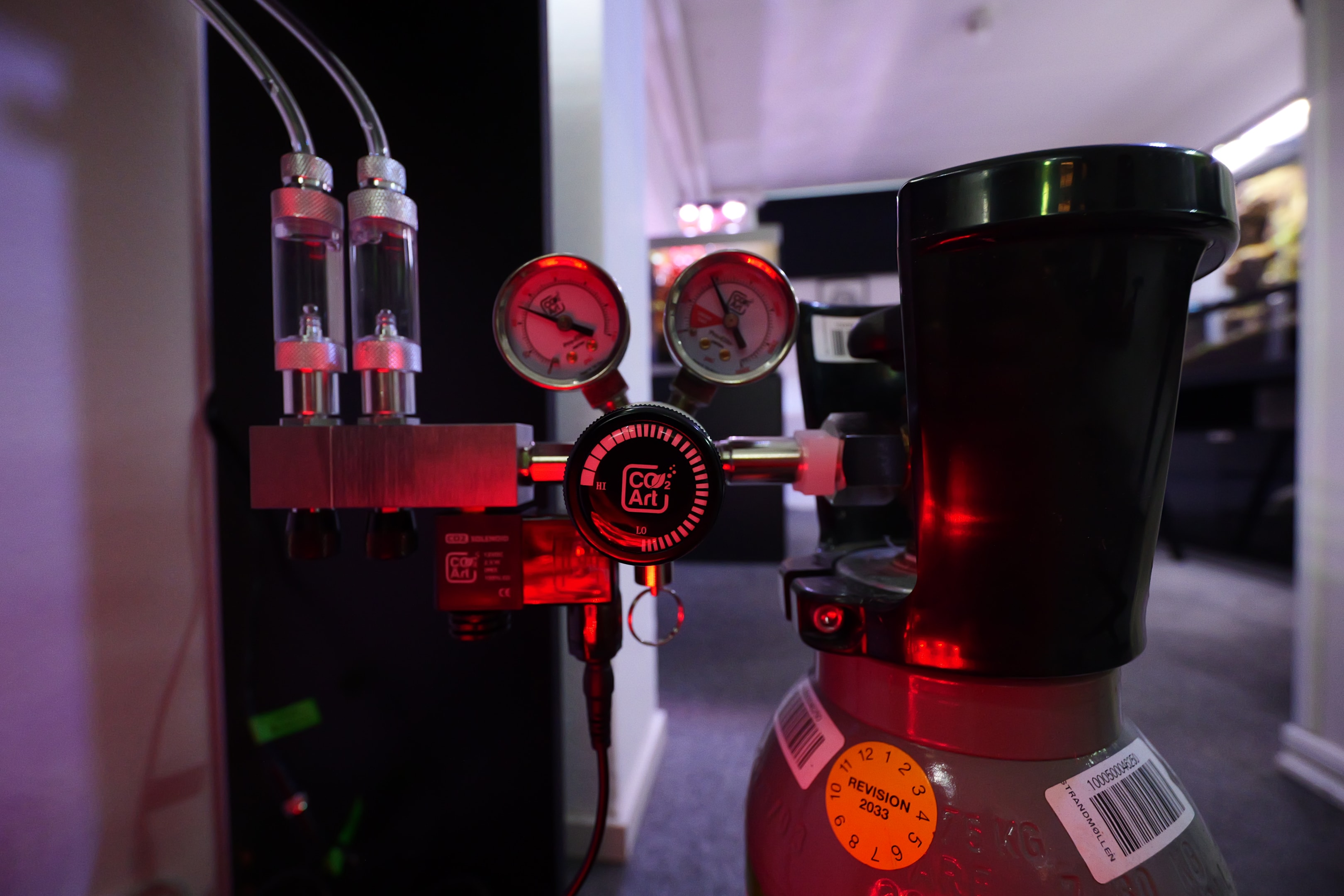
Trimming and Pruning Vegetation
Regular trimming maintains healthy upright plants and low-lying greenery in a planted setup. Removing damaged leaves encourages new growth and prevents overcrowding, which can block light for other vegetation. Verifying roots during pruning ensures robust nutrient uptake and prevents deficiencies.
Weekly verification of trimming results and light distribution helps ensure the process is effective. Proper filter circulation removes debris from trimmed vegetation, reducing algal matter accumulation. In a new tank, careful trimming and weekly verification help recently introduced specimens settle while supporting established vegetation.
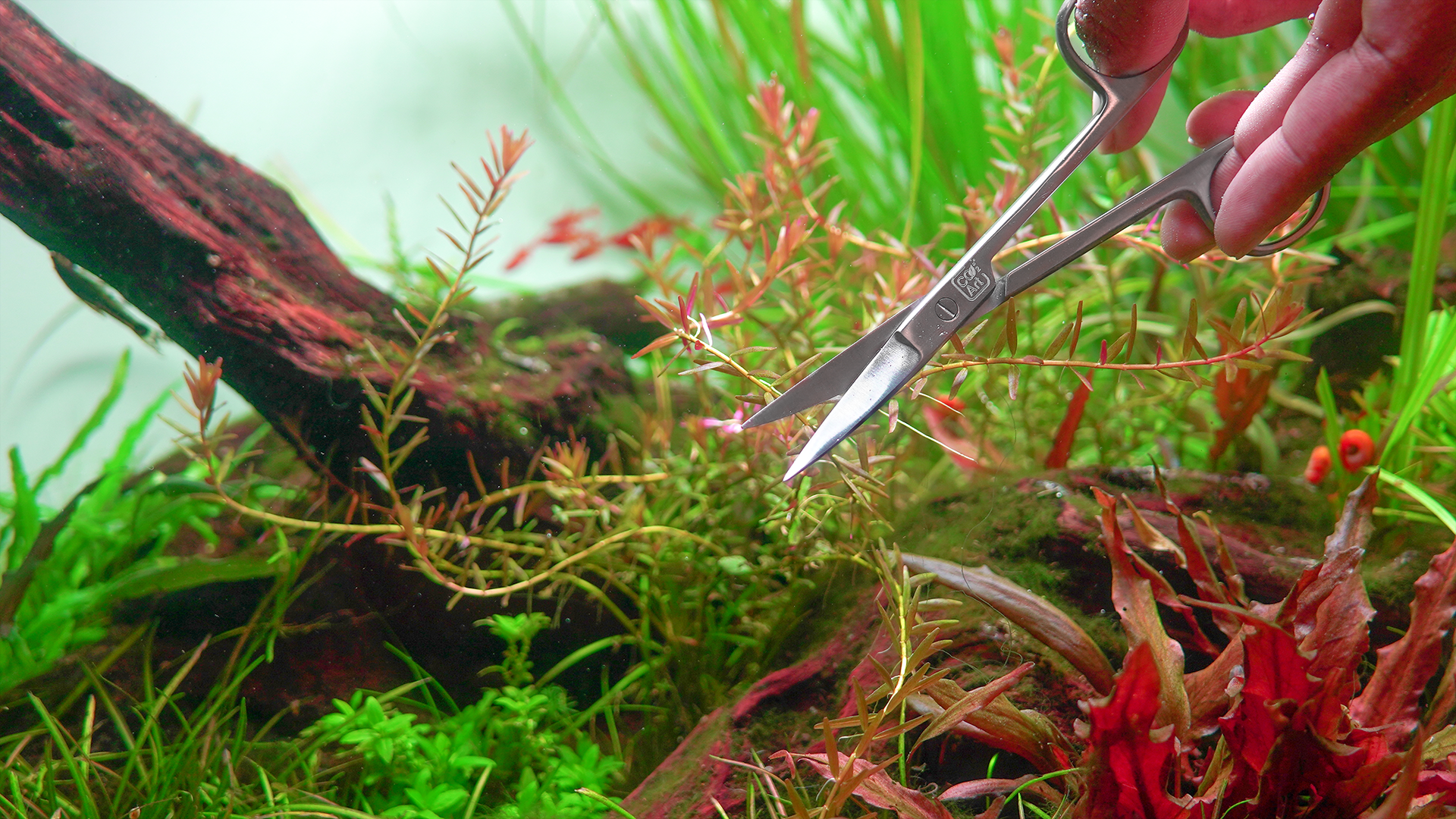
Monitoring Water Quality
Maintaining high water quality is essential in planted environments as vegetation relies on stable nitrate and nitrogenlevels and consistent water warmth. Weekly verification prevents algal matter accumulation and ensures tank inhabitants remain healthy. Filter operation supports circulation, keeping the planted setup stable.
Observing leaves for signs of stress or damage allows hobbyists to verify the effectiveness of their routine. Roots development, base layer health, and light intensity also require weekly verification. In a new tank, careful monitoring ensures recently added specimens integrate smoothly and the aquatic garden remains vibrant.
Algae Prevention and Control
Controlling algal matter is crucial for maintaining healthy vegetation. Excess light, insufficient water changes, or nutrient imbalances can encourage algal blooms. Weekly verification of nitrate and nitrogen levels helps prevent issues. Filter circulation ensures even distribution of nutrients, reducing stagnant zones that favor algae.
Strategic placement of upright plants and low-lying greenery can shade the base layer, slowing algae development. Regular trimming of leaves and removal of decaying material also minimizes algal matter. In a new tank, careful introduction of recently added specimens and weekly verification keeps the ecosystem healthy.
Fertilization and Nutrient Supply
Supplying essential minerals is critical for vegetation in a planted setup to thrive. Balanced fertilizer ensures upright plants, low-lying greenery, and recently added specimens receive sufficient nitrate and nitrogen. Strong roots allow for effective nutrient absorption, promoting vibrant foliage.
Weekly verification of nutrient levels maintains ideal conditions. Filter circulation distributes minerals evenly, while the base layer supports long-term growth. Following a structured routine allows recently added specimens in a new tankto establish successfully while controlling algal matter.
Integrating Vegetation with Tank Inhabitants
Combining vegetation with aquatic animals creates a healthy planted setup ecosystem. Gradually adding recently introduced specimens allows filter bacteria and roots to stabilize. Upright plants provide shelter, and low-lying greenery supports grazing by tank inhabitants. Weekly verification of water parameters ensures nitrate and nitrogen support both vegetation and animals.
Verifying foliage for stress or damage allows hobbyists to verify light, theat level, and filter performance. This routine helps recently introduced specimens flourish and minimizes algae development. Proper integration strengthens the planted environment, creating a stable ecosystem for all inhabitants.
Long-Term Care for a Planted Environment
Long-term success in a planted environment depends on consistent verification and proper care of vegetation. Regular trimming of upright plants and low-lying greenery keeps the tank visually appealing and prevents overcrowding. Weekly water changes, monitoring nitrate and nitrogen, and filter maintenance support vegetationflourishing while minimizing algal matter.
Following a systematic routine ensures the planted environment remains healthy. Observing foliage, verifying roots, and adjusting light and temperature guarantees that recently added specimens and older vegetation grow vigorously. Regular verification turns a new tank into a lush, sustainable aquatic garden where vegetation and tank inhabitantscoexist harmoniously.



